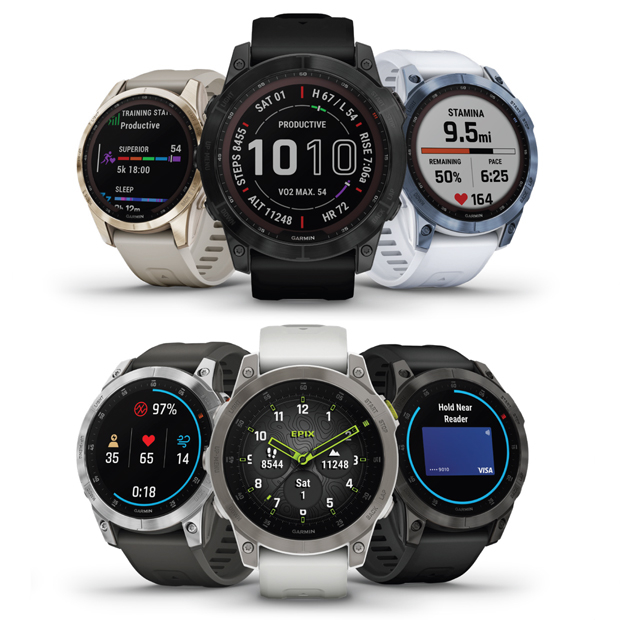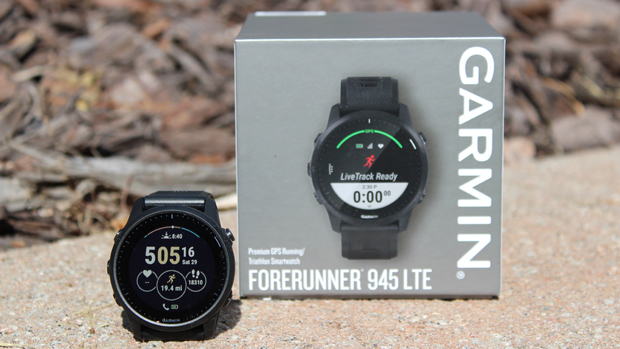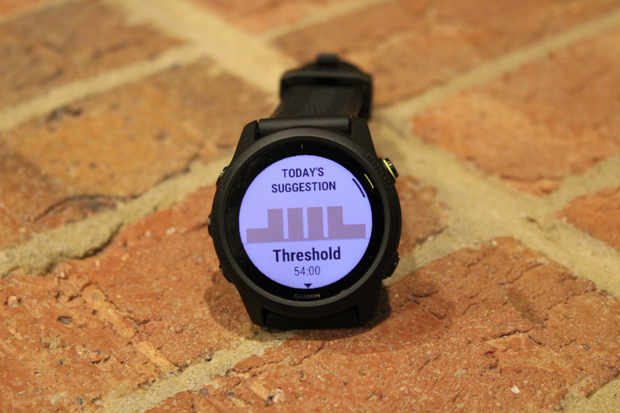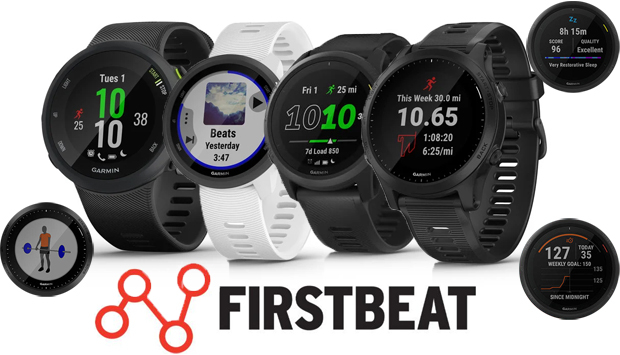Garmin Epix & fenix 7: Style, Battery Life, and an Amazing Screen

Garmin released two major watch family updates today: the Epix and fēnix 7.
fēnix 7, the Next Generation
The new fēnix 7 lineup is sixteen variations in three sizes, three screen types, and nine color choices. The prices range from $699.99 USD to $999.99 USD. The big deal that will appeal to many is the sapphire and solar screen. (This was a frequent wish list item of the previous generation.) These generations have a few major new features along with their many mapping, activity, and analytics features. Some of these will be monumental.
- Elevate 4th generation optical HRM (the same as in the 945 LTE)
- Touchscreen
- LED Flashlight (7X)
- Phone setup for activities & data screens
- L5 GPS Frequency Range
Touchscreen has a mixed history with endurance athletes – it had a short-lived life with the Forerunner 630. The Edge 820 owners had a love/hate relationship with its touchscreen. Then, the 830 and 1030 bike computers got touchscreen right. The great news about the fēnix 7 is that the buttons still support every feature, so you do not need to use touchscreen if you do not want to. And you can disable it completely.
My personal favorite of the new features is phone setup. When I get a new Garmin watch, I probably spend about an hour doing the initial setup, and most of that time is configuring my screens. Since I barely have enough brain function to breathe when I am racing, I have a set of screens and data fields that I have kept the same forever so that I do not have to think. Configuring the watches to align with my Triathlon Brain intelligence should be orders of magnitude better with these next generation of watches.
The L5 frequency range support for GPS enables the watch to see more satellites for a stronger GPS lock and accuracy. This is specific to the GPS satellites. The watch also supports the GLONASS and Galileo satellites. The flashlight has multiple functions for beacons, flashing while you run, or just shining on an object.
The list of every new feature is lengthy (maps for skiing and golf, international maps, activities, etc.). Some of their highlights include:
- Real-Time Stamina helps avoid burnout by monitoring exertion levels during a run or bike activity.
- Visual Race Predictor uses running history and overall fitness to provide race estimates and insights into how training is progressing.
- Recovery Time Advisor estimates recovery hours after a workout from training intensity, stress, daily activity, and sleep.
- Daily Workout Suggestions recommends a next run or ride workout based on current training load, training status and overall fitness level.
Epix Revitalized
The original Epix launched January 2015, just after the 920XT and shares the look of the 920XT’s square screen. It had all the same software features as the 920XT and fēnix 3 and added mapping and a larger touchscreen. It was a solid device but probably ahead of its time and never really took off with the multisport athletes.
The new Epix catapults forward as a premium device to sit alongside the rugged the fēnix line. It shares the same hardware and software with the fēnix with styling more aligned with business dress than hiking boots. And its main calling card is its bright, always-on, high-resolution AMOLED display. The screen is almost 3x the resolution of Garmin’s 1.3” screens: 416×416 pixels versus 260×260 pixels the others have. And the display is directly light emitting versus the passive lighting of the fēnix’s display. It combines the great screens of non-sport watches with the fully functional multisport watches.
The Batteries
Battery life is challenging to compare to other products, because there are many physical sizes (with different sized batteries) and solar that changes the dynamic. The easiest approach is to compare one slice of similar sized watches: 945 (1.2”), fēnix 7 (1.3”), and Epix (1.3”) The 945 baseline promises 7 days of smart watch and 16 hours of straight GPS mode. The fēnix 7 is 18 days and 57 hours GPS. The Epix is 16 days (6 days with always-on) and 42 hours of GPS mode. In total fairness, the fēnix 7S (1.2”) is probably a closer size match to the 945, and it is 11 days of smart watch and 37 hours of GPS mode.
Solar on the fēnix adds another 15% to 40% of battery life depending on the watch size and mode. Bottom line, the batteries last a very long time.
The internal hardware of these two is different from the Forerunner 945 LTE, though they do share the HRM. Garmin has not announced anything related to the Forerunner line, but historically the top 9xx watch has shared the latest fēnix hardware.
These two watches are ideal for the triathlete who wants maximum battery life, more style, or versatility for harsh environments. They are generally larger and heavier than their comparable 945 or 945 LTE counterpart. But they offer performance features that go beyond core triathlon training and racing.





Start the discussion at forum.slowtwitch.com